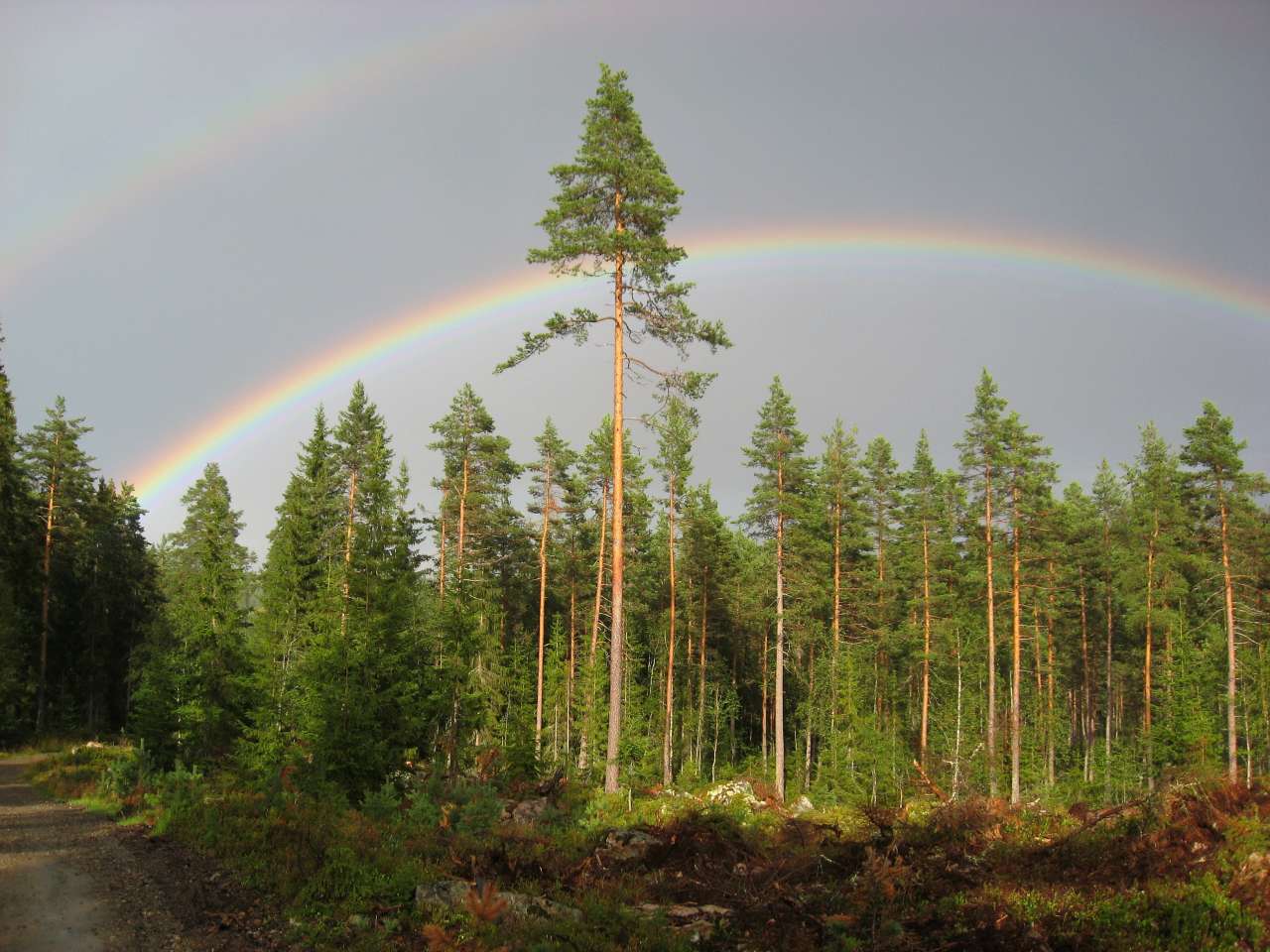Genetic variation in Norwegian forest trees

Photo: Michael Angeloff
Genetic variation ensures that trees survive and thus are able to provide us with a range of benefits, among others timber, paper, carbon binding and biodiversity.
The species' ability to survive and adapt to different environments, or to changing living conditions, depends on genetic variation. Without this variation, all individuals would react in the same way, which would weaken their ability to survive.
Variation ensures forest trees' ability to adapt to changing climate conditions, which is vital for their evolution and improvement. Genetic variation is also important in terms of resistance to pests and disease.
Understanding forest trees' variation, growth rhythm, growth and other properties is important if we are to manage resources properly and achieve sustainable forest production and survival.
Studies covering 70 years
Knowledge about tree species' genetic variation through long-term research and genetic studies is vital in terms of ensuring the sustainable use and development of forest tree resources.
In the report Genetic variation in Norwegian forest trees, NIBIO researchers have compiled information from genetic studies of forest trees for 13 of our 35 tree species. Spruce, pine and birch are the tree species for which we have the most information. The NIBIO report provides an overview of the tree species for which we have genetic knowledge, and about which studies have been performed from the 1950s to the present day.
Unique variation in Norwegian tree species
Norwegian forests are dominated by a small number of species that are found over large parts of the country: spruce, pine and birch. Together, these three species represent more than 90% of the standing forest volume in Norway.
Norway is in an unusual situation, in that most of the tree species here are growing at their absolute northern limit. Marginal populations like these can have a genetic variation which is particularly important for us to know about, to protect the genetic resources.

